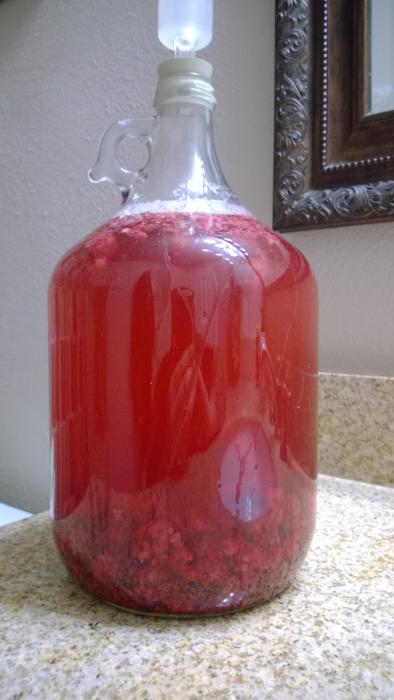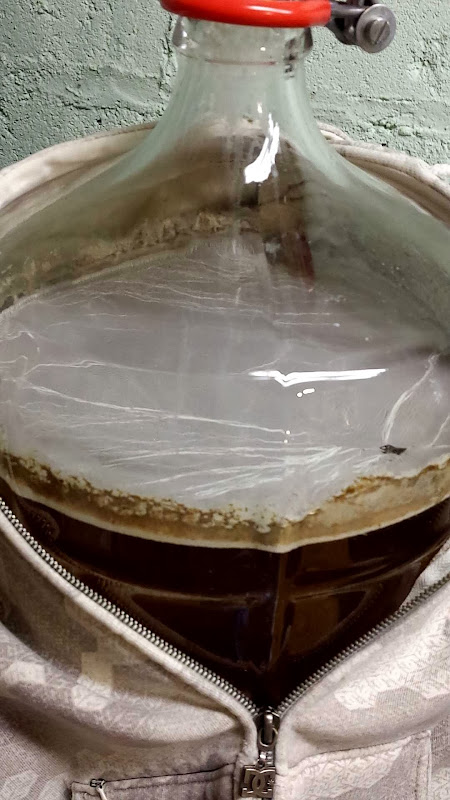Well, that shakes my knowledge... My lacto culture is going on in a erlenmeyer right now, since over a week, with an airlock. I have a massive gaz expulsion, for several days, and no pellicule at all, wich means no oxygen. I also did a 100% lacto D fermentation for 3 weeks in a carboy, (wich I after blended with a 100% brett fermentation), and I never had any sign of pellicule. And I can tell it was alcoholic at the end.
That said...
1- What might be, if not CO2, that is pushing out?
2- Well, maybe Wyeast Lacto D isn't a pure lacto D culture?

This might clear some of your confusion up...http://inst.bact.wisc.edu/inst/index.php?module=Book&func=displayarticle&art_id=95
It's interesting to note that homofermentative species of lactbacilli ferment 1 mole of glucose directly to 2 moles of lactic acid with no byproducts, whereas heterfermentative species ferment out several things including CO2. My guess is that Wyeast 5335 Lacto D has a collection of lacto bugs in it. The bio on it can be found here...http://www.wyeastlab.com/rw_yeaststrain_detail.cfm?ID=148
All it says is that it was isolated from a Belgian brewery, but my guess is that they chose several species of lacto and weeded out any sacch, brett, or pediococcus that may have been present in order to give a more well-rounded flavor. It's entirely possible that CO2 is being made by one of the hetero species, but other gases can be byproducts of fermentation including H2S.
Another thing to consider is the fact that the homofermentative reaction of 1 glucose --> 2 lactic acids is an ideal situation. In the real world, wort contains many other sugars besides only glucose and all of those will have their own unique reaction to fermentation by lactic acid bacteria. Long chain sugars like maltose and maltotriose will throw lots of different byproducts and simpler sugars like sucrose and fructose may only produce lactic acid and one or two additional byproducts, just by virtue of how much shorter their molecules are and the ability to metabolize and chop it into lactic acid.





